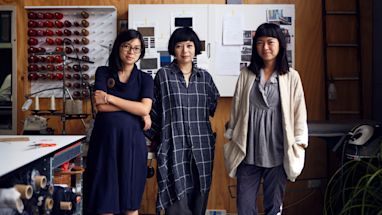Shrimps, clams and worms are to be returned to the Sydney Harbour seabed.
The native animals will revive a lost ecosystem of burrowing creatures that naturally remove contaminants from the soil.
Dr Ana Bugnot from the Sydney Institute of Marine Science will place colonies of ghost shrimp and carpet shell clams at stormwater drain outlets around Sydney Harbour.
The burrowing animals clean harmful pollutants in the sediment that enter the water from stormwater runoff.
Dr Bugnot has selected 3 outfalls at Rushcutters Bay Park, Blackwattle Bay and Elizabeth Bay for the trial set for later this year.
Dr Bugnot said the small sea creatures could have a big impact on improving the health of Sydney Harbour.
“Pollution that comes from stormwater drains is the main source of contamination in Sydney Harbour,” Dr Bugnot said.
“As the sea creatures – called bioturbators – burrow and feed, they oxygenate the soft seabed sediment.
“After centuries of human use, many of these species have disappeared from the area. We’ll collect animals from nearby waterways and reintroduce them into the harbour.
“We’re hoping this simple solution will see local sea animals do all the hard work and require no maintenance.
“We have done tests in the lab, but carrying out this field study under real conditions is a vital step in our efforts to study the impact of bioturbators on pollution levels, measure the results and record the data,” Dr Bugnot said.

Director of the Sydney Harbour research program at the Sydney Institute of Marine Science, Associate Professor Paul Gribben, said the research will potentially help cities around the world combat water pollution.
“Until now, getting rid of a contaminated seabed has involved a massive dredging process and soil replacement,” Professor Gribben said.
“It’s both costly and time consuming, so it rarely happens.
“This research has the potential to greatly improve current practices.
“This trial will provide invaluable data that will be shared and used by scientists around the world,” Professor Gribben said.
This program is just one of several innovative research initiatives to receive funding from the City of Sydney.
In all, 15 programs will collectively receive more than $130,000 in grants over the next 12 months. The programs will address environmental issues and help reduce energy, water and waste pressures.
The City of Sydney’s community, environmental, cultural and business grants could help get your local project up and running.
Published 29 July 2019



